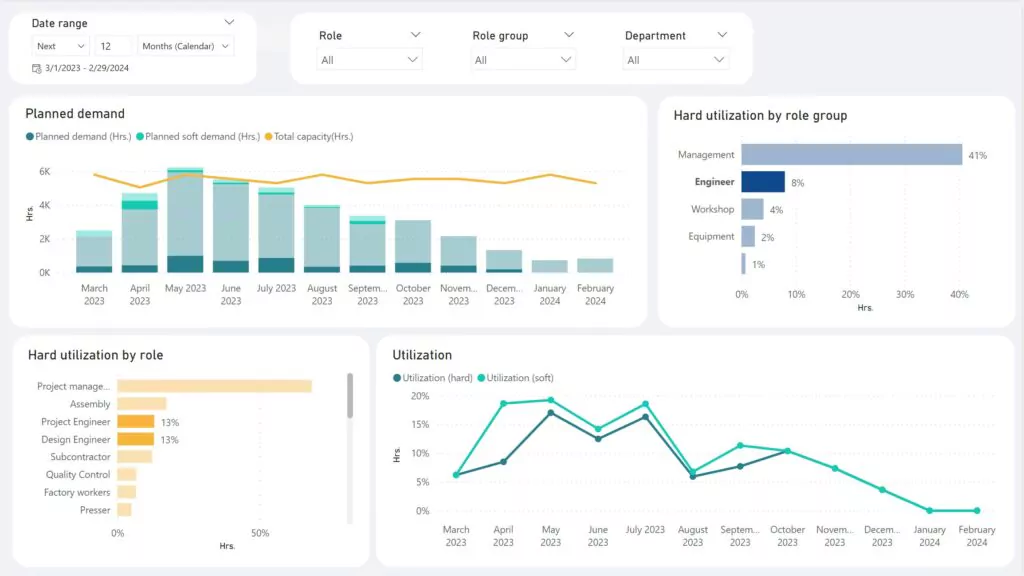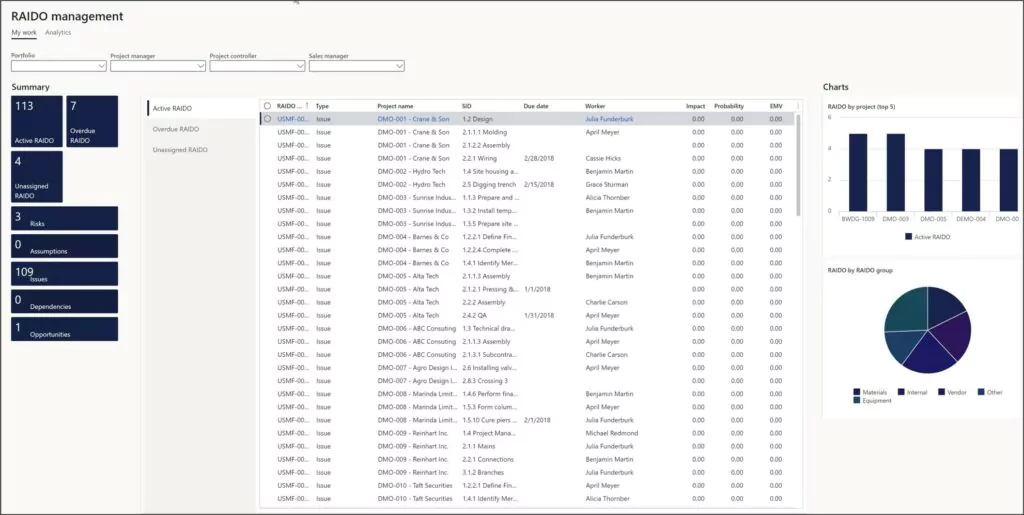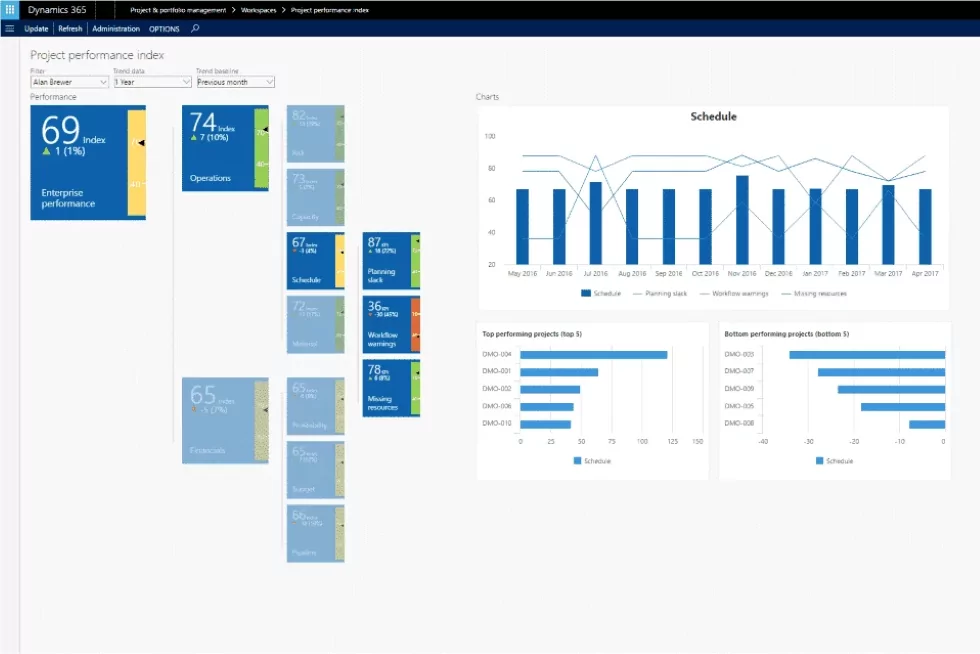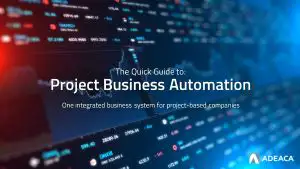Project Portfolio Management (PPM) is the centralized organization of individual projects into groups for strategic analysis and planning. PPM adds value to organizations by providing a high-level business perspective on projects undertaken by the company, helping forecast financial and operational requirements, identify business risks, and align the organization’s activities.
Project Portfolio Management: A Holistic Overview
At its core, PPM is about bringing order to the chaos of individual projects within an organization. It involves the systematic organization and management of projects to ensure they align with the company’s strategic objectives. Here’s a closer look at the key functionalities of PPM:
PPM Forecasts Financials
Financial forecasting stands out as one of the primary focuses of Project Portfolio Management. Understanding the financial standing of each project is crucial for effective decision-making. PPM provides a mechanism for the tracking of project expenditures, revenue generation, and overall financial health. This insight is instrumental in optimizing budget allocations, identifying potential cost overruns, and ensuring financial stability across the project portfolio.

Example of portfolio project costing reporting in Adeaca PBA.
PPM Forecasts Operations
In addition to financial considerations, PPM extends its purview to operational forecasting. Efficient resource allocation is a cornerstone of successful project management. PPM enables organizations to anticipate and plan for resource demands across various projects. By forecasting operational needs, companies can strategically allocate resources, preventing bottlenecks and ensuring optimal utilization of manpower and assets.

Example of portfolio resource capacity reporting in Adeaca PBA.
PPM Identifies Risks
Risk management is a critical aspect of project success, and PPM excels in providing a comprehensive view of risks across the entire project portfolio. By identifying potential risks at the portfolio level, organizations can take proactive measures to mitigate these risks. This might involve adjusting resource allocation, implementing contingency plans, or even reconsidering the viability of certain projects. PPM’s risk identification capabilities contribute to the overall resilience of the organization in the face of uncertainties.

Example of portfolio risk reporting in Adeaca PBA.
PPM Aligns Activities
The overarching benefit of PPM lies in its ability to align activities across diverse projects. With a bird’s-eye view of the entire project portfolio, decision-makers gain clarity on resource demands and financial forecasts. This insight facilitates better strategic decision-making, allowing organizations to align activities with overarching business goals. By understanding the interdependencies between projects and the broader organizational objectives, PPM empowers companies to make informed choices that drive overall efficiency and effectiveness.
Project Portfolio Management empowers organizations to navigate the complex landscape of multiple projects. By providing a consolidated perspective on financials, operations, risks, and activities, PPM becomes an invaluable asset in the pursuit of organizational success. Embracing PPM is not merely an investment in a management system; it’s an investment in clarity, resilience, and the sustained achievement of strategic objectives.
Learn about Project Business Automation (PBA) as a comprehensive business system for project-driven organizations. Learn more: Download the PBA Quick Guide now.












